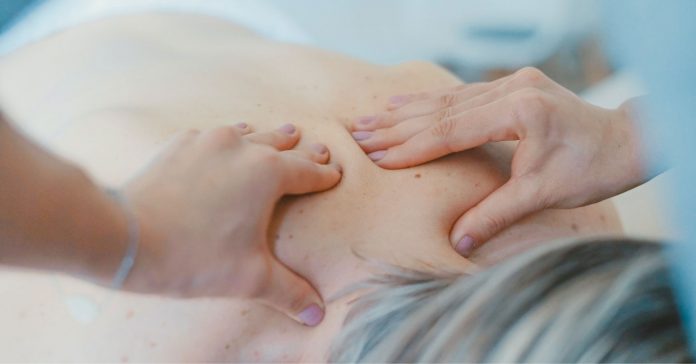Around 88% of people report that massage can effectively reduce their pain which is why in a typical year, approximately 47.5 million people in the U.S. opt for this type of therapy. Although massage can reduce stress, quell pain, and form part of a rehabilitation program, one type of massage – sports massage – is so important to athletes that it often forms part of their fitness routine in sports like football, cycling, and running. If you are an avid runner, how can massage help you and what techniques can you look forward to trying out?
Manual Massage Techniques
There are four main techniques used in sports and Swedish massage: effleurage, frictions, petrissage, and tapotement. Effleurage involves stroking skin and sliding the hands over areas that could be tight in or in pain. Frictions involve running the fingers back and forth over specific areas to promote healing and to break down scar tissue. Petrissage is arguably the most appreciated part of a massage; it involves kneading muscle fibers to boost lymphatic and venous return and this stage of a massage can feel most soothing and relaxing. Finally, tapotement includes striking the skin with both hands alternately using the side of the hand with the pinky finger. Skin is struck quickly and vigorously and this motion can feel very pleasant – particularly when one has a stiff neck or back. Tapotement promotes circulation and warms muscles up.
Massage Guns
Many massage therapists and chiropractors use massage guns alongside manual massage. The effect is similar to that afforded by tapotement. In the same way that a therapist used fast strokes to ease pain, improve blood flow and loosen knots, they can add a gun into the equation to speed things up or take a rest between the use of manual techniques. Muscle guns can get blood flowing and help restore comfort to various parts of the body – including the neck, lower and upper back, legs, feet, and calves. One of its benefits is that, in absence of a therapist, runners can get immediate relief by using a gun meant for personal use. One study (Imtiyaz et al, 2014) found that this type of massage is as effective as manual massage in the prevention of delayed onset muscle soreness.
The Proven Benefits of Massage for Runners
Rather than using massage as a remedy, runners can benefit from having regular massages. Massage helps tissues become more flexible, it relaxes muscles, relieves trigger points, and improves range of motion. It can also help reduce adhesions after an injury has taken place. A plethora of studies has shown that massage can help improve blood pressure, mood, and self-reported recovery. In other words, massage also has an important psychological component that can help keep athletes motivated, focused, and free of the kind of stress that can provoke anxiety or stop them from doing their best. A study review published in BMJ Open Sport & Exercise Medicine (Davis, 2020) sports massage may improve flexibility and delayed onset muscle soreness.
Runners often complain of pain in their feet and legs. Massage can help quell pain, tightness, and stiffness in various parts of the body and can form part of their wellness routine. The four main manual massage techniques can be used alongside massage guns to help athletes find relief after a hard workout, but they can also be used between workouts to improve aspects such as blood pressure and mood.


